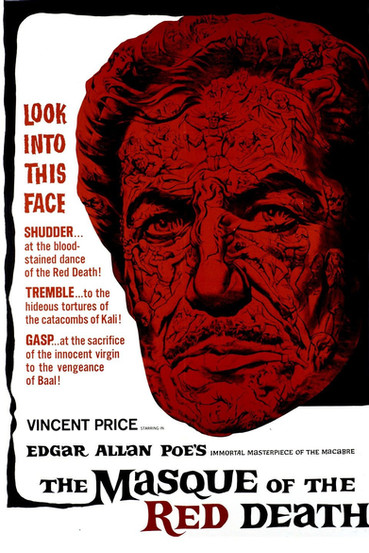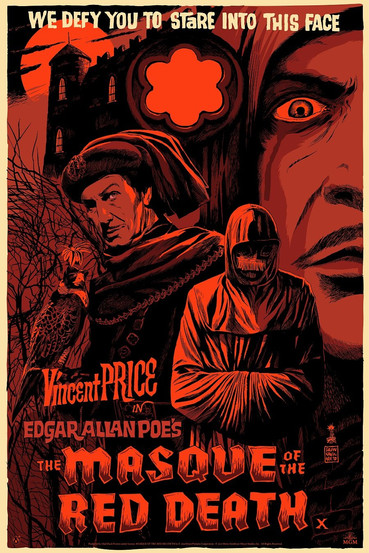"The Masque of The Red Death", Dir: Roger Corman, 1964
- Ravi Swami
- Mar 2, 2021
- 2 min read
Updated: Mar 16, 2021
Prince Prospero (Vincent Price at his most eye-rolling) lords it over a medieval village that is visited by a deadly plague - the "Red Death" of the title - as his courtiers whoop it up in orgies of debauchery, excess and diabolism while his poverty-stricken subjects struggle to deal with the deadly disease.
And if that sounds too close to home during the pandemic, any similarities to real events are purely serendipitous and the result of randomly seeking out a Roger Corman film from the high watermark period of his Edgar Allan Poe adaptations of the 1960's - 70's.
Adapted from Poe's gothic horror story of the same title and one of Corman's favourites alongside "The Fall of The House of Usher", the film is actually an amalgam of two Poe stories, the other being "Hop-Frog" and a lesser-known non-Poe story, "Torture By Hope" written by Auguste Villiers de l'Isle-Adam whose work followed in the "Grand Guignol" tradition of gothic horror.
Art directed in such a way as to emphasize the red tones evoked by the title, the film is highly stylized and theatrical in a rather over the top way, something that Vincent Price appears to revel in, in the role of the monstrously evil Prospero, who takes village maiden Francesca (Jane Asher) for his wife and in the hope of initiating her into his diabolical rites performed in an inner sanctum of his castle called "The Black Room".
While the book tells a tale of retribution in the form of the Red Death - in the film depicted by a mysterious red hooded figure - Corman takes the grotesquery a stage further by injecting elements of horror from the other literary sources mentioned, in particular a scene where a dwarf sets alight a reveler dressed in a gorilla suit after hoisting him into the air tied to a chandelier as the assembled party goers look on with a mixture of horror and amusement.
As if to underline Prospero's corruption, Juliana, his erstwhile consort, meets a grisly fate after performing a rite in the Black Room following dreamlike sequences that are quite disturbing, though Corman's other Poe adaptations, with the exception of highly entertaining adaptation of "The Raven", are notable for similar unsettling imagery.
In spite of Corman's reputation for capitalizing on the use of lavish sets from other film productions before those sets were "struck", and often shot on U.K soundstages to reduce costs, the film has a very lavish feel to it and what shortcomings there might have been have been circumvented by imaginative art direction and of course, the presence of Vincent Price.




Comments